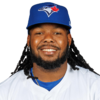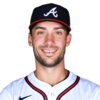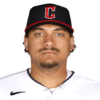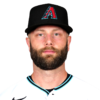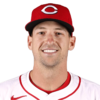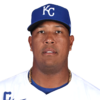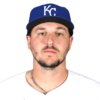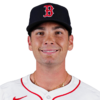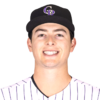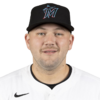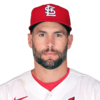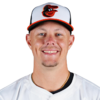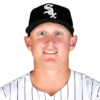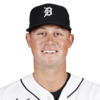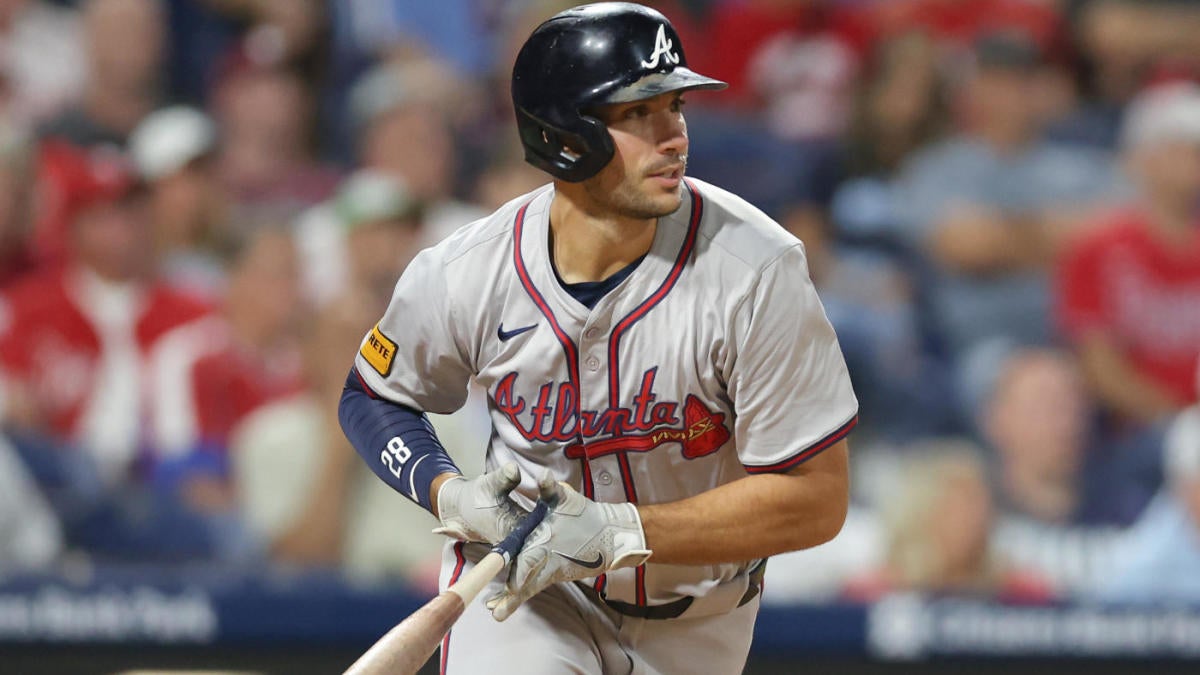| 1 |
|
| After getting stuck in spray-angle purgatory for a couple years, distributing much of his hard contact to all the wrong parts of the ballpark, Guerrero finally got back to delivering on the potential that made the top-ranked player in 2021, batting about .350 from May 1 on. To say he’s the top player now would be a stretch, but we can at least make him the top first baseman. |
| 2 |
|
| After needing a few months to find his power stroke fresh off Tommy John surgery in 2023, Harper was expected to hit the ground running in 2024, but his power numbers were only marginally better. It was a modest disappointment, but the underlying data remains strong for the two-time MVP heading into his age-32 season. |
| 3 |
|
| Taking Freeman over Harper would still be a reasonable choice, but I see clearer, if still subtle, evidence of decline for the one who’s now well into his 30s. Each of Freeman’s three seasons with the Dodgers has seen him fall shy of 30 homers, including twice shy of 25, and the stolen base contributions may be dwindling as well. I’d expect a return to a .300 batting average, though. |
| 4 |
|
| Olson’s swing can get out of whack for months at a time, and he needed a late surge to save him in both 2022 and 2024, eking out 30 homers with a batting average around .240 each time. That’s a pretty high floor, all things considered, but it’s frustrating if you’re expecting more like the 54 homers and 139 RBI he delivered in 2023 — numbers that are still in the realm of possibility for the will-be 31-year-old. |
| 5 |
|
| Conventional wisdom suggests drafting whichever of Alonso and Olson is coming off a down year because he’ll likely go later, even though his range of outcomes is the same. But what if they’re both coming off a down year? Some might rank Alonso higher because his overall numbers were slightly better, but his strikeout rate spiked in the second half, and he faces the uncertainty of free agency. |
| 6 |
|
| A fully healthy season for Naylor led to an All-Star nod and a career-high in homers, neither of which was entirely unexpected. The batting average was disappointing, given how little he strikes out, and it makes him decidedly second-tier. You could put him a tier higher in points leagues, maybe, but his actual ranking is the same in both formats. |
| 7 |
|
| Because of an oblique strain in the second half, Walker finished with lower totals than the previous two years, but the percentages and underlying data were basically the same. That level of consistency might make him a safer version of Naylor if not for the fact he’ll be 34 next year. He’ll also be looking for a new team this offseason. |
| 8 |
|
| Steer placed well enough in 2024 thanks to his combined home run and stolen base total, but much of his profile — from the decline in exit velocity from a year earlier to the near-.200 batting average and sub-.600 OPS in the second half — hints of trouble. Of course, his favorable home venue helps to paper over those concerns, and the outfield eligibility is nice. |
| 9 |
|
| Naturally, you’re drafting Perez to play catcher, but since he’s eligible at first base, I’m required to rank him here. This is about the point in the first base rankings when the third-ranked catcher should go off the board, but notably, it’s not where Perez would rank if you were, for some reason, forced to use him at first base. |
| 10 |
|
| Between his greatly truncated 2023 and slow start to 2024, patience was beginning to wear thin for Pasquantino by about midseason, but the 26-year-old finally began to deliver on his potential with a .300 batting average and .815 OPS over his final 52 games. His home venue limits his home run output, dropping him a couple spots in Roto leagues, but his plus plate discipline bumps him up a couple in points leagues. |
| 11 |
|
| Everyone’s favorite breakout candidate saw his season derailed by a rib cage injury in April, and perhaps I’m not giving Casas enough benefit of the doubt considering. But he did struggle with strikeouts both before and after the injury and also occasionally sat against left-handed pitchers. The upside remains considerable, and he’s the last of the first basemen I’ll be excited to draft. |
| 12 |
|
| Bellinger barely made the mark to retain first base eligibility in 2025, but there’s a good chance someone in your league will grab him to play outfield instead. He won’t be a huge draw at either position, having failed to follow up on the MVP-caliber production from his resurgent 2023 but instead resembling Bryan Reynolds. |
| 13 |
|
| Whaaaat? Don’t say I didn’t warn you. First base takes an ugly turn here, and for as much as Toglia impressed with his power production in 2024, his high strikeout rate likely condemns him to a sub-.250 batting average, even with all the advantages of Coors Field. He does seem to have the job locked up, though, and may legitimately have 40-homer upside in that environment. |
| 14 |
|
| I made some similarly lofty claims for Burger at this time a year ago (i.e., 40-homer upside), but what I didn’t account for was the difficulty this sort of free-swinging player would have sustaining peak production over six months. He salvaged his season in the second half, albeit finishing with closer to 30 home runs, but the only reason he got that chance is because the Marlins had no one better. |
| 15 |
|
| How difficult is it to repeat a .354 batting average? Arraez went 141 plate appearances without striking out at one point in 2024 and still finished well short. He remains the preeminent source of batting average in the league, but with little power or speed to speak of, it has to be other-worldly for him to be more than an also-ran at first base (and no, he’ll no longer be eligible at second). |
| 16 |
|
| Between his career-worst stat line and well-documented difficulties catching up to the fastball, It’s tempting to write off Goldschmidt at age 37, but he was notably better in the second half, even bringing his strikeout rate down to a respectable level. The end is near, clearly, but given the level of desperation at this point in the rankings, it’s reasonable to hope for a mild bounce-back for the future Hall-of-Famer. |
| 17 |
|
| Mountcastle’s Statcast page paints a much more promising picture than his top-line numbers, but by now, it’s abundantly clear that Camden Yards’ cavernous left field is uniquely devastating to him. Having a regular spot in a loaded lineup is enough to make him a viable corner infielder in a Rotisserie league, but you shouldn’t hope for more than 20 homers or so. |
| 18 |
|
| Busch’s rookie season was a success in that he eclipsed 20 homers and likely earned the right to be the Cubs ‘ starting first baseman again next year, but it was an uneven performance undermined by a high strikeout rate. Though that strikeout rate improved with each passing month, the other numbers didn’t follow suit, and it’s not clear that the Cubs will ever trust him against left-handers. |
| 19 |
|
| If I’m putting Busch this high (is high the right word?), I should probably do the same for his crosstown counterpart, who put up a similar stat line and is actually a little younger even though he’s been in the league longer. The big step forward once projected for Vaughn likely isn’t coming, but his profile is stable enough that you can pencil him in for a .260 average and 20 homers. |
| 20 |
|
| If you’d prefer to pursue the upside of Torkelson over the sustained mediocrity of Mountcastle and Vaughn — particularly in shallower leagues where a miss won’t hurt you as badly — you’ll catch no flack from me. He has the better pedigree and indeed was better in 2023. But he was so bad this year that he spent half of it in the minors and continued to strike out too much upon returning. The downside outstrips the upside at this point. |
